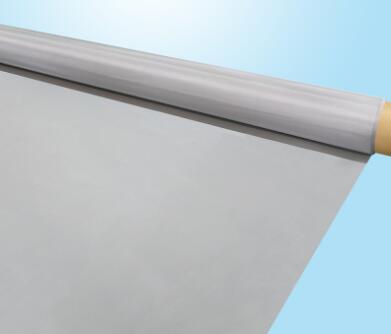How to identify 304 and 316 stainless steel?
Of the more than 60 different grades of stainless steel, the most commonly used in the electrical industry are 304 stainless steel and 316 stainless steel. Aesthetically, there is no difference between the two; in fact, the only way to distinguish between them is to test them chemically. the main difference between 304 and 316 stainless steels is the addition of molybdenum to 316 SS. the different chemical compositions of 304 SS and 316 SS affect how they perform in a given environment. The requirements for a stainless steel usually depend on the application or environment; therefore, it is important to understand them both.

What is 304 stainless steel?
304 SS is the most widely used grade of stainless steel and is considered to be the standard "18/8" stainless steel. It provides mechanical strength, corrosion resistance and oxidation resistance at a more economical price.
304 SS is used in a wide range of applications and industries to provide basic corrosion resistance. Some of these industries include.
▷ Food and beverage processing facilities (milder environments, such as dairy and vegetable processing)
▷ Oil and gas (drilling and processing)
▷ Water and wastewater treatment
▷ Heavy industry and chemical processing (depending on the chemicals present, 304 SS may be sufficient)
What is 316 stainless steel?
316 SS is more corrosion resistant than 304 SS because it has a higher nickel content and the addition of molybdenum (2-3%) as an alloying element. The addition of molybdenum increases the metal's resistance to crevice corrosion and pitting from chloride solutions. The overall combination of added nickel, molybdenum, and other fine alloying adjustments increases 316 SS's resistance to stress corrosion cracking, creep, chemicals, solvents, sulfuric acid, and extreme temperatures. This makes 316 SS ideal for electrical products that are subjected to industrial process chemicals, marine spray, or high chloride environments.
The following are some of the industries that benefit from using higher grades of 316 SS.
▷ Food and beverage processing facilities (breweries and facilities with more extreme environments, such as those processing meats, sauces, pickles, etc.)
▷ Pharmaceutical industry
▷ Offshore oil and gas (offshore facilities exposed to coastal/saltwater environments)
▷ Pulp and paper mills
▷ Marine and coastal applications
▷ Heavy industry and chemical processing (more demanding chemicals)
How can I tell if my stainless steel is 304 or 316?
First of all, the factory that produces our stainless steel wire and mesh needs to provide a certificate showing the chemical composition.
Here are also some identification methods for your reference.
1. Color identification
The color of the stainless steel surface after pickling is white and bright. The color of chromium-nickel stainless steel is white like jade; the color of chromium stainless steel is white, slightly gray, and also has a faint luster; the color of chromium-manganese-nitrogen stainless steel is similar to that of chromium-nickel stainless steel, but the color is lighter.
Un-annealed stainless steel surface color: chrome-nickel steel is brownish-white, chrome steel is brownish-black, chrome-chromium-manganese is black (these three colors refer to the color of heavier oxidation). The surface color of cold rolled unannealed chromium-nickel stainless steel is silvery white and reflective.
2. Identify with a magnet
Magnets can be used to distinguish between the two types of stainless steel. This is because chromium stainless steel can be attracted to magnets in any state. Chromium-nickel stainless steels are generally non-magnetic in the annealed state; after cold working, some of them will be magnetic. However, manganese-rich steels with high manganese content are non-magnetic. Inconel stainless steels have more complex magnetic properties: some are non-magnetic, some are magnetic, some are non-magnetic in the vertical plane and magnetic in the transverse plane. Therefore, although magnets can be basically chromium stainless steel and chromium-nickel stainless steel to distinguish between them, they can not correctly distinguish certain special properties of steel grades, let alone distinguish a specific grade or type of stainless steel.

评论
发表评论